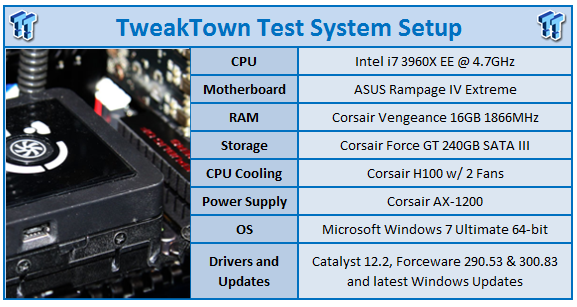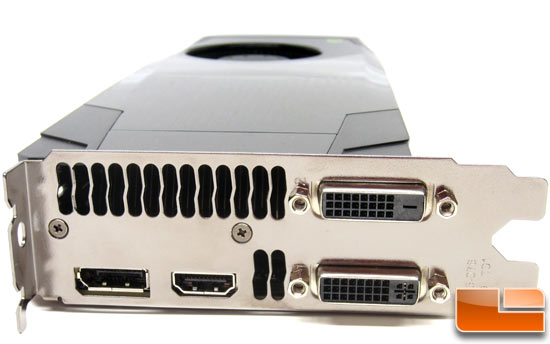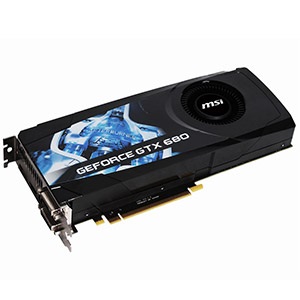

Since we barely had a day with this card, we couldn’t finish testing out the Adaptive V-Sync in time for this review, but we’ll surely be taking a closer look at it and hopefully, bring you a full analysis soon.ģDMark is a computer benchmarking tool created and developed by Futuremark Corporation to determine the performance of a computer's 3D graphic rendering and CPU workload processing capabilities. Not bad at all for a non-vapor chamber cooler. The card idles at around 45 degrees Celsius and with FurMark running, it went to a maximum of 77 degrees Celsius. The card is whisper quiet on full load as well with the fan speed set to ‘Auto’.

Nvidia have used a normal aluminium heatsink and copper heat pipes for the cooling, in order to keep costs down and it works like a charm.

Memory: G.Skill Ripjaws 8GB (4GB x 2) drive: Intel SSD 520 240GB (Boot Drive), WD Velociraptor 300GB (Secondary Drive)ĭespite the card not having a vapor chamber, like the GTX 580, the GTX 680 is just as silent as its predecessor. Processor: Intel Core i7-2600K CPU 3.40 GHz Now, let’s turn our attention to the burning question at hand is it truly faster than the HD 7970? Well, there’s only one way to find out. This definitely looks and feels more realistic and we can’t wait for games to implement this. The GTX 680 will also support a new version of the PhysX engine, which instead of relying on the game developer to program a preset damage to an object, the GTX 680 will be able to dynamically compute how an object shatters or breaks depending on how you damage it. The card supports DX11 as well as DX11.1, Open GL 4.2, PCIE 3.0, up to 3-way SLI support, 3D Vision Surround and PhysX. The memory is 2GB GDDR5 (6008MHz effective speed) running on a 256-bit memory bus. IT also features 1536 shader units or CUDA cores, which is three times what the GTX 580 had. ZOTAC follows the reference card specifications, so the core now sits at 1006MHz (base clock) and the boost clock is set to 1058MHz. The two new AA modes (FXAA and TXAA) are said to offer similar quality levels as MSAA, but without the huge performance hit.

For instance, if you’re getting more than 60fps, then V-Sync will be on to avoid screen tearing and if it dips below 60fps, then it switches it off to avoid stuttering. Adaptive V-Sync can now be found in the Nvidia Control Panel and what it does is, dynamically toggle the V-Sync state depending on the frame rate. This keeps changing as you play the game and is built into Kepler itself, so it kicks in by default. For instance, if there is an intense battle scene in the game which demands more shader power, the built-in algorithms will automatically check the current power draw, temperature, voltage, etc of the card and accordingly increase only those parameters that can be pushed. GPU Boost is similar to Turbo Boost, in the sense the card will dynamically increase the clock speeds and voltages in a game, if and only if, it does not go beyond the set TDP. Nvidia have added a bunch of new features to the GTX 680, like GPU Boost, Adaptive V-Sync and some new Anti-Aliasing (AA) models. This makes it a bit tricky installing the second one, which is a bit recessed. While they’re still placed at the back, face outwards, they are now placed one below the other. The GTX 680 also features a slightly different arrangement for the power ports. The GTX 680 can now support up to four monitors from a single card, so we have two dual-link DVI connectors, HDMI 1.4a and DisplayPort. Only two 6-pin power connectors are needed


 0 kommentar(er)
0 kommentar(er)
